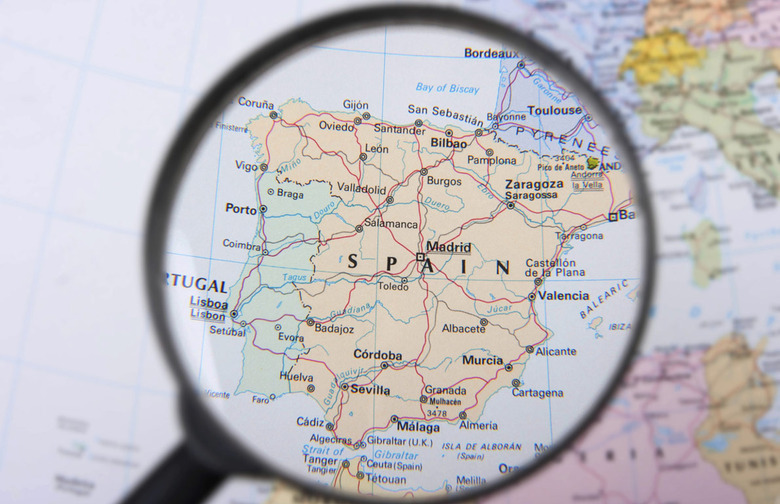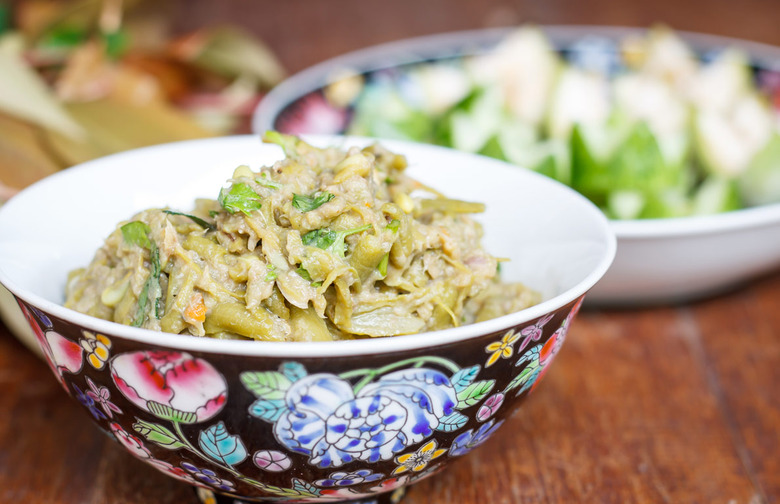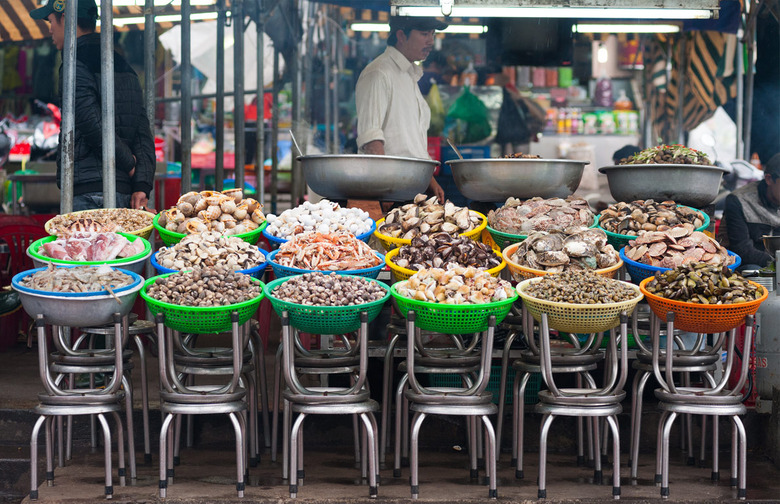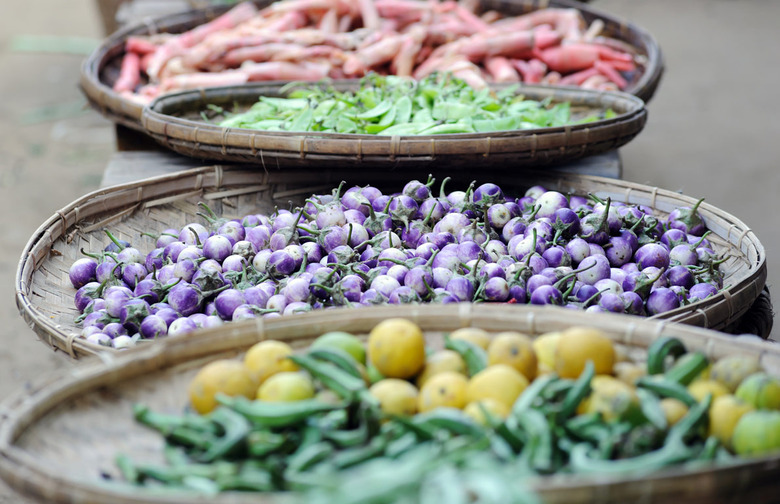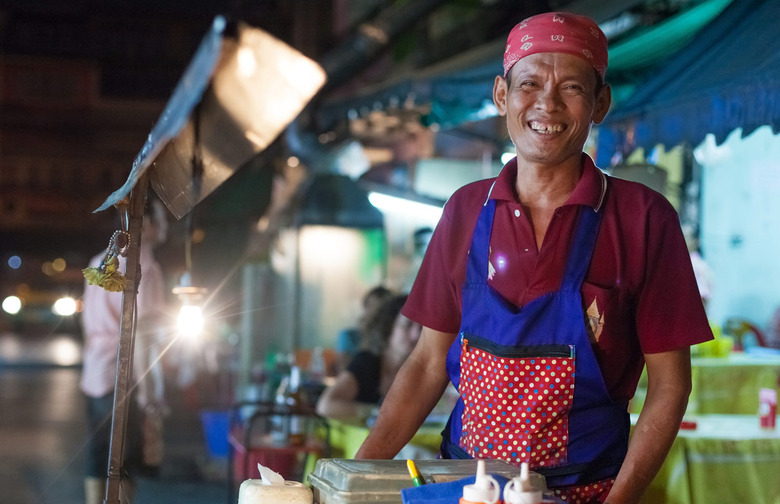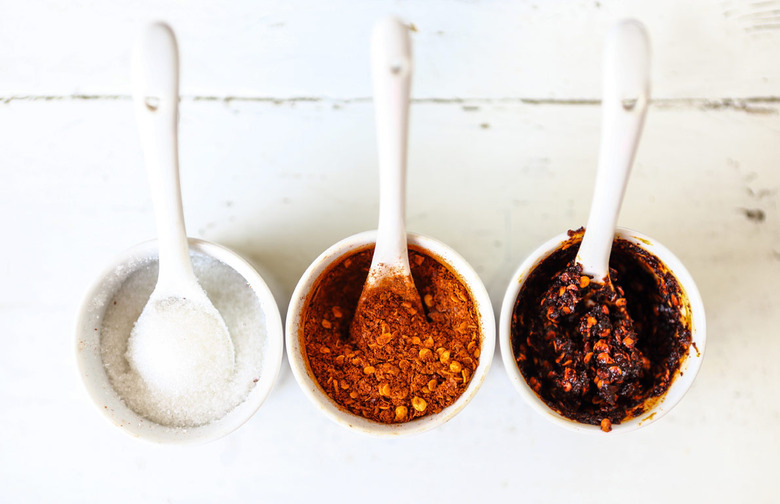From Grilled Cheese To Boiled Snake: 10 Steps To Adventurous Eating
Do you take the plunge and go for the unknown, or do you search endlessly until you see a grilled cheese on the menu?
Research Your Regions
It seems obvious, but it's absolutely essential to do a bit of research before hitting the road. In Spain, for example, there are 17 distinct regions, all with different local delicacies and specialties. When you are in landlocked in the central Pyrenees, , it might be best to hold off on that seafood dish until you find yourself "Basqueing" in the sun in seafood hot spot San Sebastian or on the Mediterranean coastal waters of Catalonia. Research your region and learn about the food that might be on the menu wherever you're traveling.
Go Local
Writer, editor, designer, and eating enthusiast Kirsten Schofield and founder of the Chonderlust blog suggests going to your favorite local enthnic restaurant and chucking your usual dish for something a bit more daring to "stretch yourself a little bit at time." So, next time instead of ordering your usual beef tacos try the carnitas. Schofield stresses that the confidence you gain from having one big success under your belt will make it easier to branch out to bigger and bolder eats in the future.
Change Your Perception
As Schofield puts it, all foods found around the globe may be considered "disgusting" to someone, somewhere, due to different cultural perspectives. There is no doubt that one person's beloved comfort food can be another's culinary nightmare. To help shift our views on food, Schofield suggests that we "recalibrate our expectations... and don't discount it if you haven't tried it before."
Just Say Yes!
You may have friends or colleagues who are from a different ethnic background and/or are bit more adventurous and knowledgeable about the ins and outs of diverse cuisines, so when they ask you try something new, just say yes. Be open-minded, and have some faith in their suggestions; more than likely, you won't be led astray. As writer, editor, adventurer and eater extraordinaire Yuki Hayashi and author of her self titled site Hayashi explains, "Don't worry: No one is going to go crazy and introduce you to a new cuisine by ordering the most obscure and esoteric dish on a menu for you."
Stop at the Market
A fantastic place to jump-start exploring local cuisine is to head to the local market, where you can completely immerse yourself in what locals cook and get exposed to a variety of eats. Legal Nomads author Jodi Ettenberg explains, "In many countries, the morning produce markets also teem with food stalls, there for hungry shoppers to dine during their errands. With lots of turnover and much to choose from in terms of sampling local foods, they are a chaotic and wonderful way to dive into new dishes and observe others doing so as a matter of course."
Forget About the Menu
Collazo Projects founder Julie Schwietert Collazo's number-one rule in the guide to becoming a more adventurous eater and opening yourself to a unique and memorable dining experience is to "ask your server or the chef to choose dishes for you. Don't even look at the menu when you sit down. Instead, place your trust and curiosity in the hands of people whose profession and passion are food. Tell them you want to try the best of their repertoire (put a price point on it, if you need to)."
Err on the Side of Mild
Judging the spice level of foods purely based on labels can be a dangerous game, as what's considered "spicy" abroad varies considerably from culture to culture. "People should go with the mild version and can always add more spice if needed," Hayashi says. This can apply to other dish additions as well. As Collazo explains, "practically every culture has a go-to sauce, dressing, or gravy that is emblematic of its cuisine and its traditions and history. For food-weary folks, the glory of these is that they can be served on the side. This means you can taste discreetly and in very tiny daubs before you commit to going whole-hog."
Get it in Writing
If you're traveling with a food allergy, then it goes without saying you're going to have to be mindful of what foods you choose to sate your appetite. Food allergies or dietary restrictions can seem like grand obstacles impeding your palatal explorations, but Ettenberg, who has traveled the world with celiac disease, has found carrying an allergy card written in the local language can substantially lessen your chances of getting ill. She stresses the importance of these cards being translated by paid professionals and to making sure that they include specific foods from said country. In her book, The Food Traveler's Handbook: How to Eat Cheap, Safe, and Delicious Food Anywhere in the World, she goes into further detail about how to prepare before braving into the unknown. Her approach: "I'd rather take the controlled risk and still travel than stay home and not try foods in far-flung places at all.
Don’t Ask if You Don’t Want to Know
Before you ask that question of just what is in your soup, Schofield suggests you reconsider, as you just might not want to hear the answer. Collazo agrees, and elaborates on how we might inhibit our sense of adventure, explaining that "...our proclivities are often determined not by our actual tastes and taste buds, but by what we think we like and don't." If you are going a bit more off-the-beaten-path than usual, consider putting that explanation on the back burner until post-indulgence, as what you think you fancy may in fact be what's ruining all your fun.
It’s Not a Contest, So Don’t Force Yourself
There are foods out there with wonderful mouth-watering aromas and others that have will you plugging your nose and running for the nearest exit, seriously hindering your progress. So if you don't want to do it, don't do it. In the end, only you know your limits. It's okay to avoid stepping over your own personal boundaries and laying off those fermented seafood and meat dishes, fertilized duck eggs, stinky tofu, or pungent durian until you're ready.

